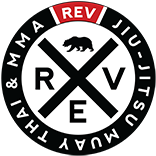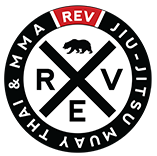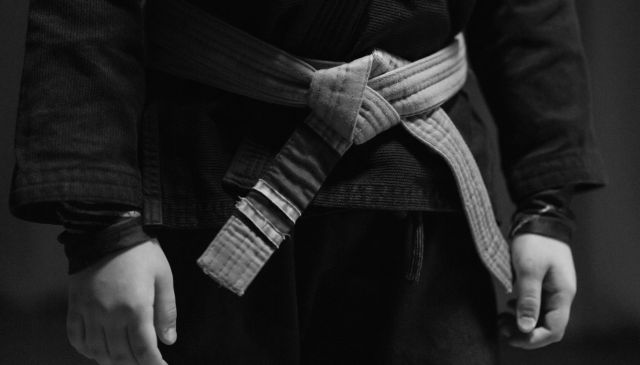Top Principles to Learn In Your First Year of Training (Part 1)
The majority of students in most academies will be white belts. Shout out to my white belts! Many of them feel overwhelmed when they begin learning . Trying to remember innumerable techniques with many details is more than anyone can actually remember. Plus when it comes time to roll toward the end of class they feel vulnerable in every position… where do you start?
As a beginner, here are the best areas to concentrate your efforts:
- Flesh out your “Positional Skeleton”
Before rolling in jiu-jitsu can be productive, you must have some idea of the hierarchy of positions in jiujitsu, and begin developing strategies to deal with each one. This process never really ends because we evolve as we learn, and that means you will continue to develop more efficient strategies as you train. The list below doesn’t aim to include every possible position but rather the positions used most often in BJJ.
The Positional Hierarchy from best to worst:
- Back Mount
- Top Mount
- Knee on Belly
- Side Control
- Half Guard Top
- Guard Top / Guard Bottom
- Turtle Top / Turtle Bottom
- Half Guard Bottom
- Side Control Bottom
- Knee on Belly Bottom
- Mount Bottom
- Back Mount Bottom
If we look at this list as a “skeleton” of your BJJ game, you must “flesh out” the “skeleton” by learning:
- Inferior positions:
- Escapes and safe arm positions
- How to defend the most common submissions
- -Superior positions:
- How to maintain control and prevent common escapes
- High percentage and fundamental submissions
Rolling will then help you identify what you are missing in each position so that you know what you need to work on.
- Mat Fitness
Even if you possess a high level of general athleticism when you start training, little can prepare you for the specific fitness that one needs for jiu-jitsu. Shrimping, bridging, rolling backwards, sitting out, sprawling, and pushing at odd angles are not intuitive for most beginners, and typical bodybuilding exercises do not prepare you for them. Class warm-ups usually include jiu-jitsu-specific drills that will introduce these movement patterns to your muscles. I am a strong advocate of arriving at class a few minutes early to practice a few of these essential movements on your own.
Mat fitness also encompasses things like grip strength, isometric holds, and the stability and strength required for bracing your core. Anyone who has ever been forced off the mat to heal an injury is reminded upon their return—despite doing all they can in the weight room to maintain their conditioning—just how much of conditioning for BJJ is sport-specific. There is no way to obtain true mat fitness other than getting on the mat!






Leave a Reply
Want to join the discussion?Feel free to contribute!